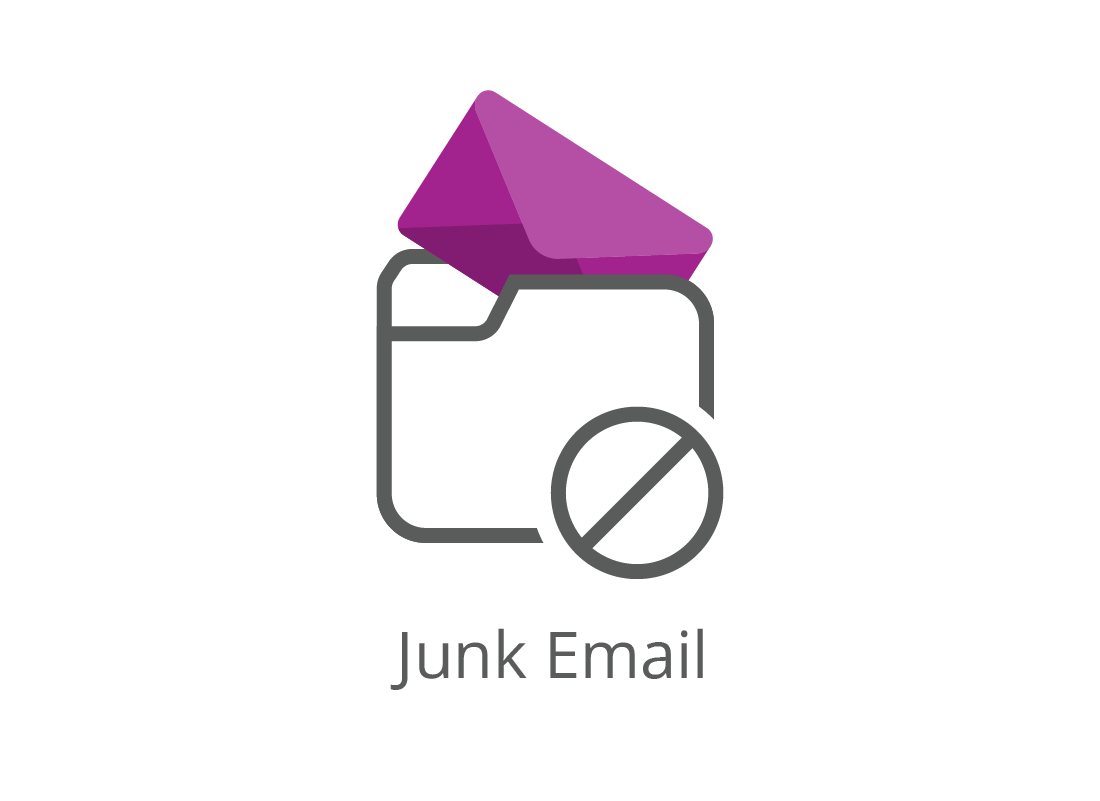How to use Outlook Folders and Search
How to use Outlook Folders and Search
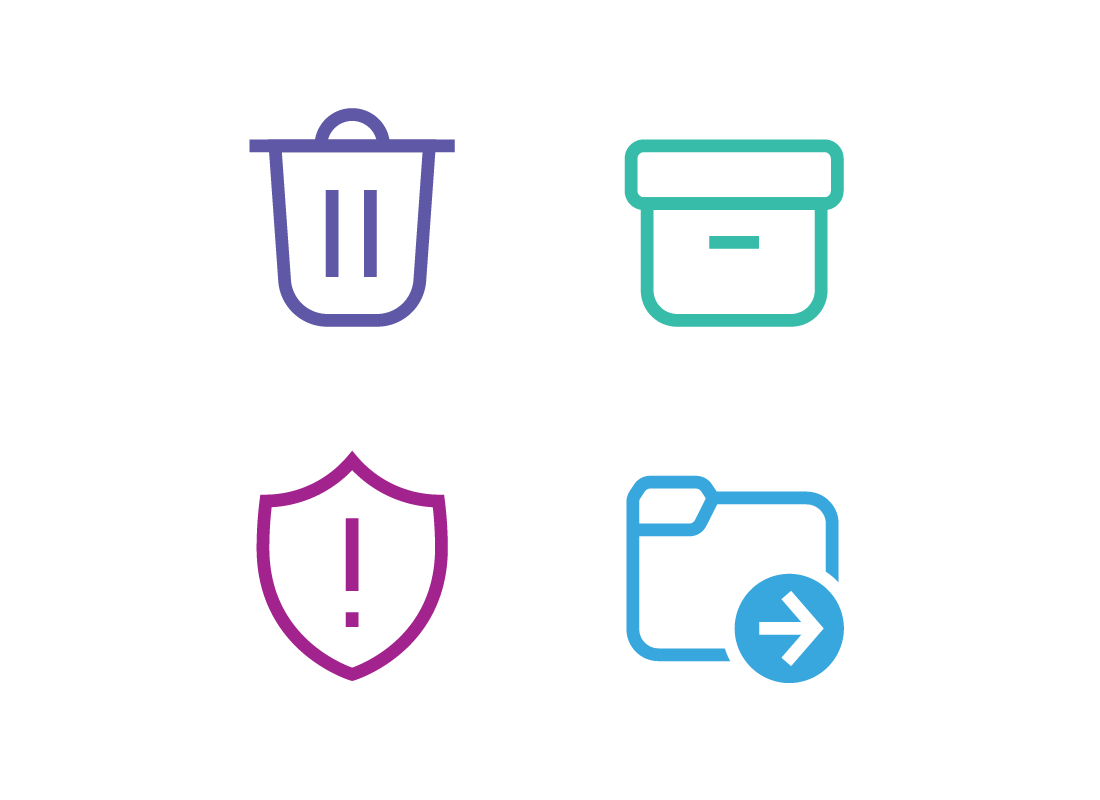
What's coming up?
In this activity, you will learn how to use Outlook's control buttons, folders and search to organise your emails and find them later.
Start activityFinding email in your Inbox
When you first start out with email, your Inbox will be easy to manage, since it will only have a few emails in it. But after a while, you will have lots of emails and it may be hard to find what you're looking for.
To make this easier, Outlook has some tools to help you keep your Inbox in check.
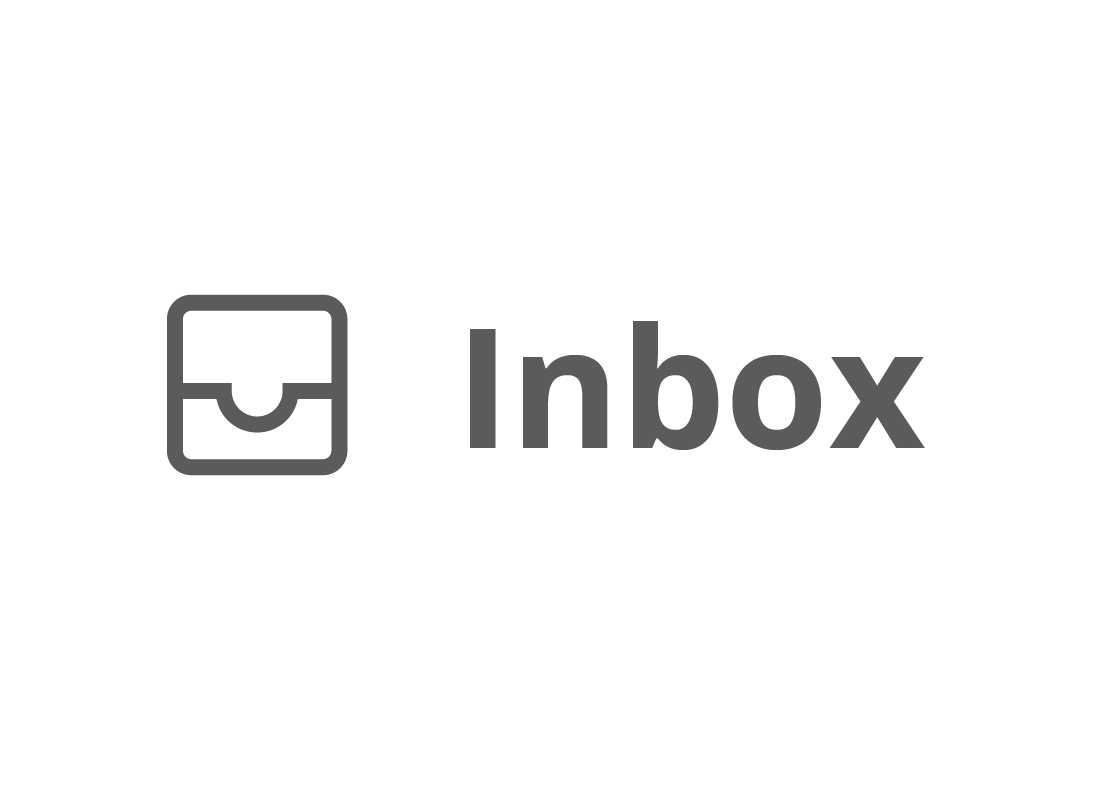

Outlook's organisational tools
Your email service has handy controls that help you organise your email, sort it into Folders, and keep spam and junk to a minimum.
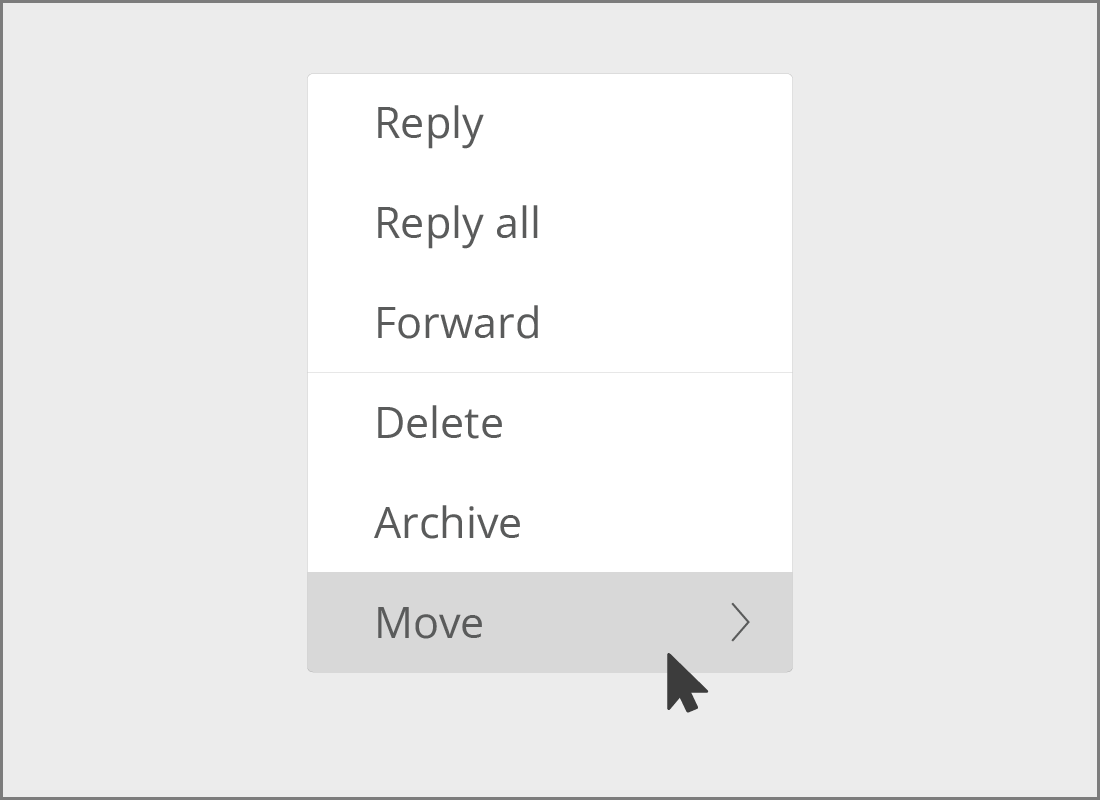
How Folders work in Outlook
Most email services let you organise emails into different folders, and Outlook uses this system too. This lets you move important emails out of the Inbox, where they can be hard to find, and into a specific folder instead. To do this:
- with the list of emails in your Inbox screen displayed, right click on the email you'd like to move to your new folder
- from the special right-click menu that appears, point your cursor at Move, and another panel will open
How Folders work in Outlook (cont'd)
- move your cursor over to the new panel carefully. If the new panel disappears, point the cursor back to Move and try again
- the Move menu has some existing folders, and you can click any of these to move your email to that folder
- or click on Create new folder. The text will change to New folder name and you can type in your folder name here
- the email will be moved to your new folder, and the menu will disappear.
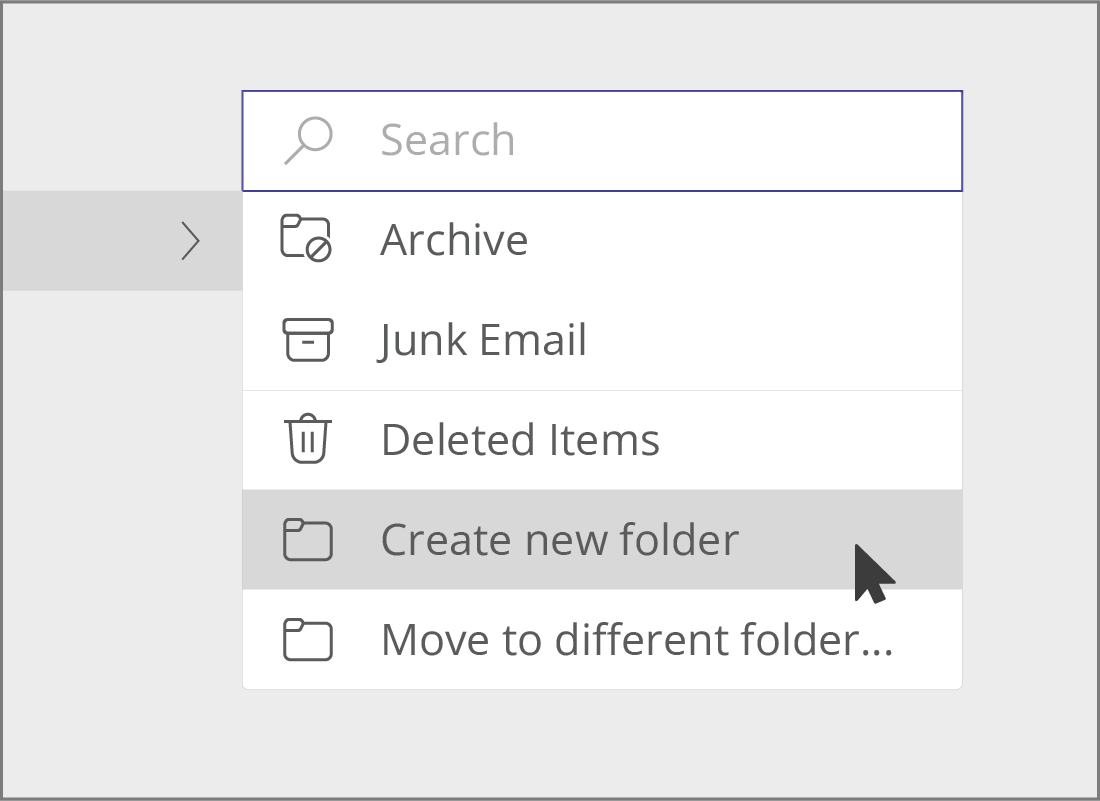
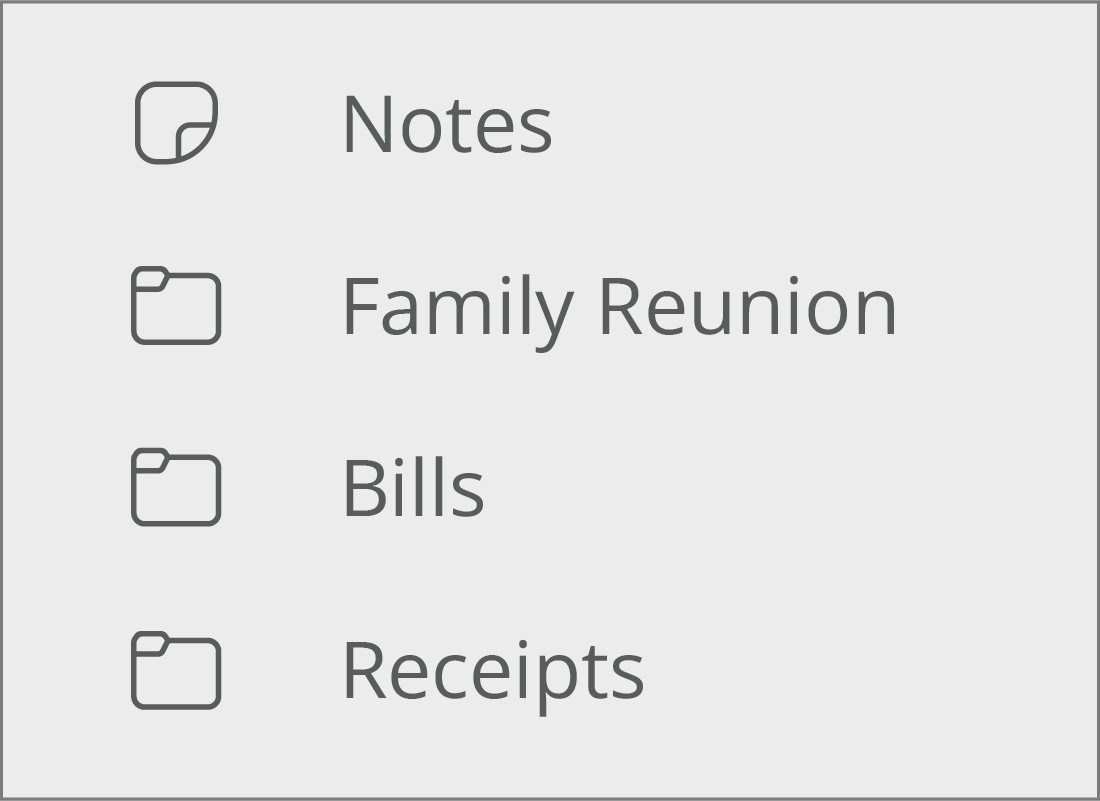
How to view email in Folders
When an email is moved to a folder, it is also removed from your Inbox. To view emails you have moved to a folder:
- look at the list of all your different folders in the left-hand menu, starting just under the Notes folder
- click on a folder name to see all the emails in that folder
- click on the email you want to view.
When you're ready to return to your Inbox again, you can click Inbox at the top of the left-hand menu.
Using the top controls
When a new email arrives and you open it to read it, some controls appear at the top of the screen. You can click on these controls to do things with the email, including:
- Delete: to move the email to the Deleted Items folder
- Archive: to move it to the archive
- Report: to tell Outlook the email is a phishing scam, or click the arrow next to Report and choose Report Junk instead
- Move to: to put the email into an existing folder or create a new folder for that email
- Read/Unread: to make the email appear new again.
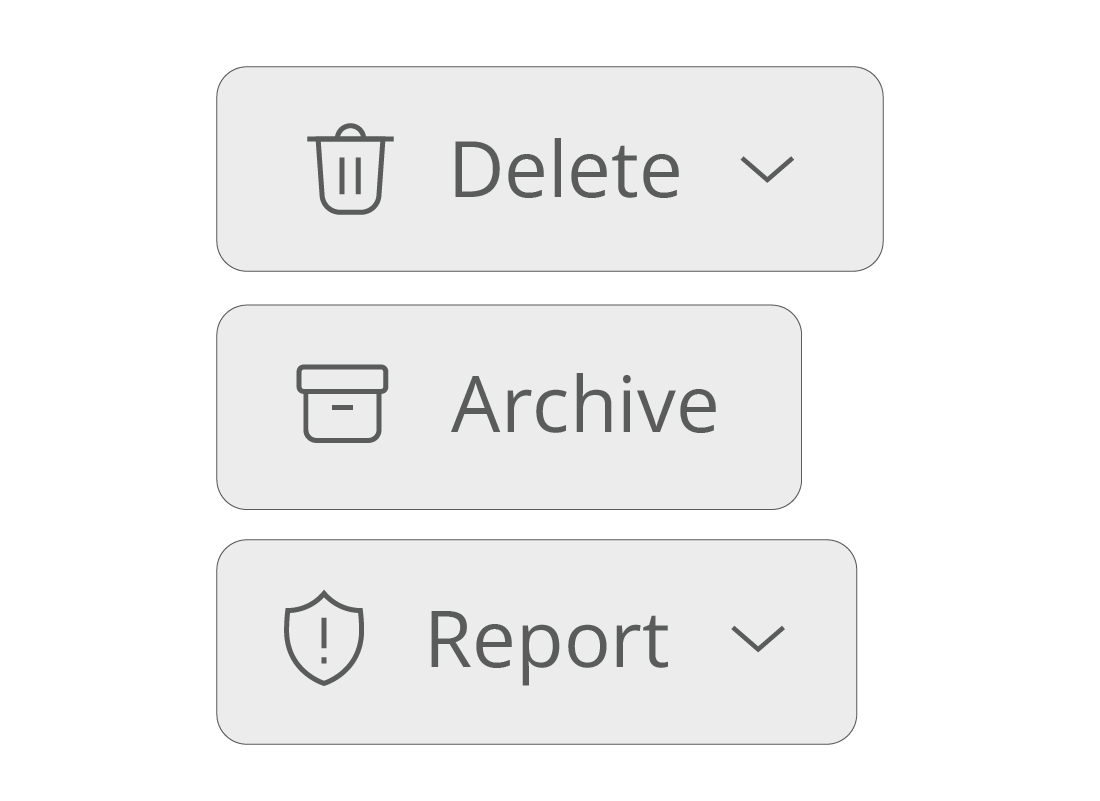
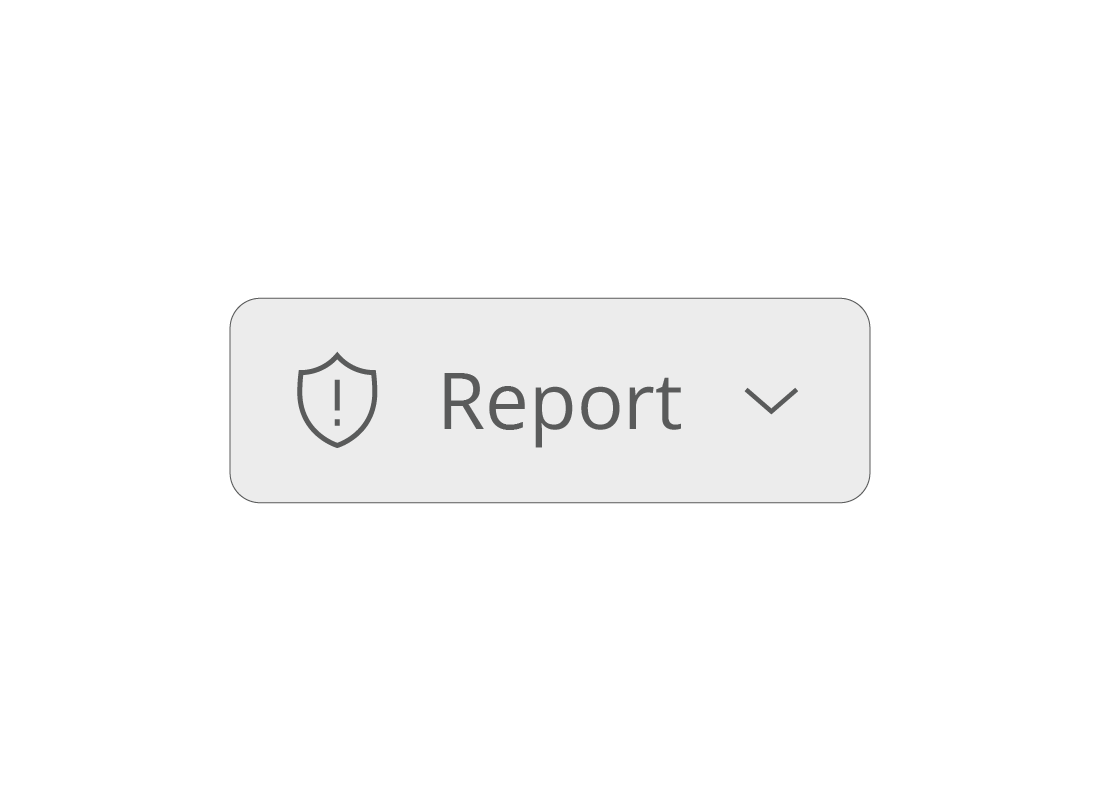
Reporting Spam in Outlook
Outlook automatically detects and diverts known spam email to the Junk Email folder, but some spam can still get through.
To report unwanted email in your Inbox:
- find the email you want to report as spam
- hover your cursor over the colourful circle to the left of the Display Name until it turns into an empty white circle
- click inside the white circle to select the email
- look at the top of the Outlook screen and find the Report button, and click the little down arrow next to it
Reporting Spam in Outlook (cont'd)
- a menu will appear with a choice between Report phishing and Report junk
- choose Report phishing for any email that you suspect is trying to steal your personal information or get you to pay money
- or choose Report junk for any other nuisance or spam emails
- once you have made your selection, the email will be moved to the Junk Email folder, where it will be deleted after 10 days.
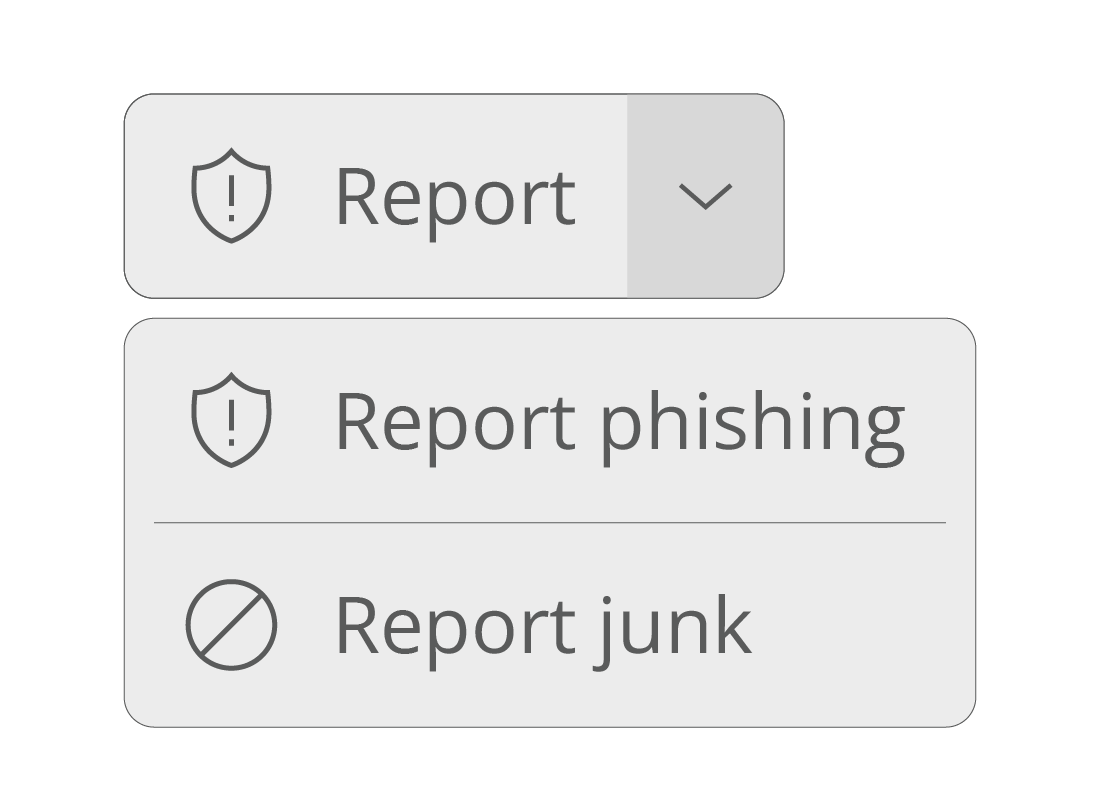

eSafety tip
When you Report an email as a phishing or junk email, Outlook remembers this address and sender, and will put future mail from them into the Junk Email folder.
If you reported the email as a phishing email, Outlook will pass this address on to Microsoft, where it will be assessed and, if necessary, added to a list of known phishing addresses.
How to find missing emails
You might discover that an email you wanted to keep has gone missing. You may have accidentally deleted it, so let's see how you can view your deleted emails:
- click Deleted items in the left menu to see the list of your deleted emails
- if your email is here, right click on the email and choose Move from the menu that appears, then click Inbox
- your email will return to your Inbox.
But what if it's not there?
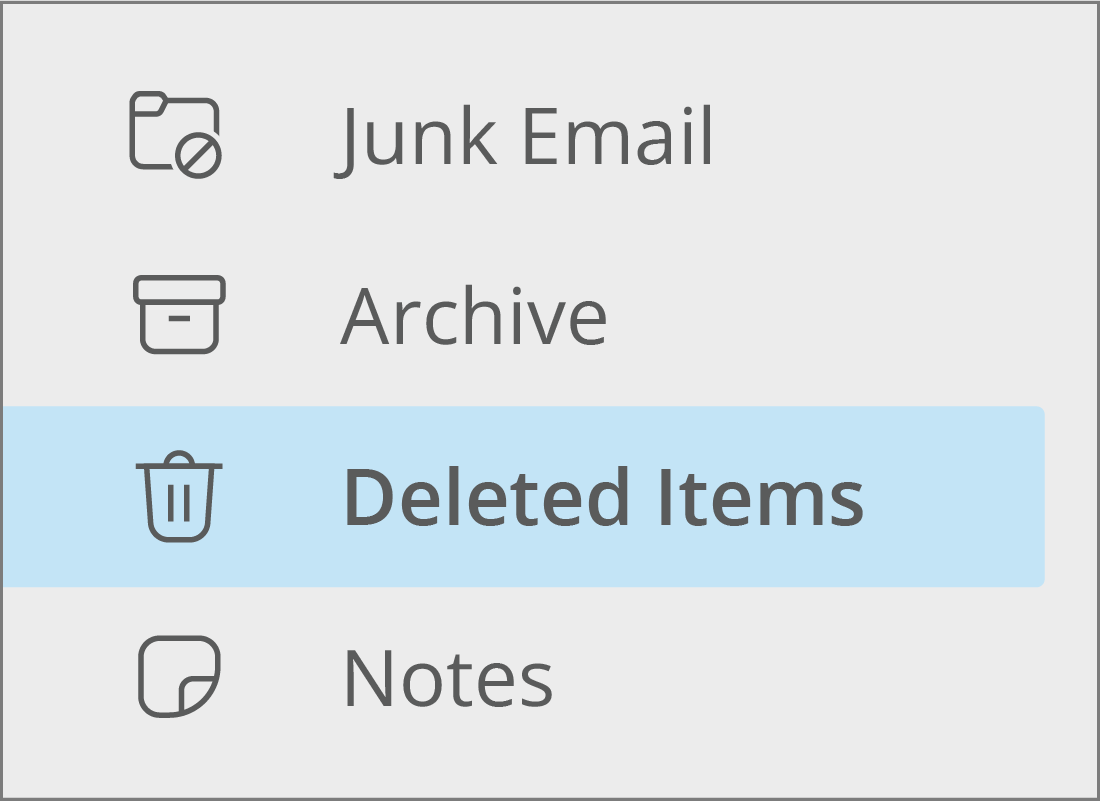
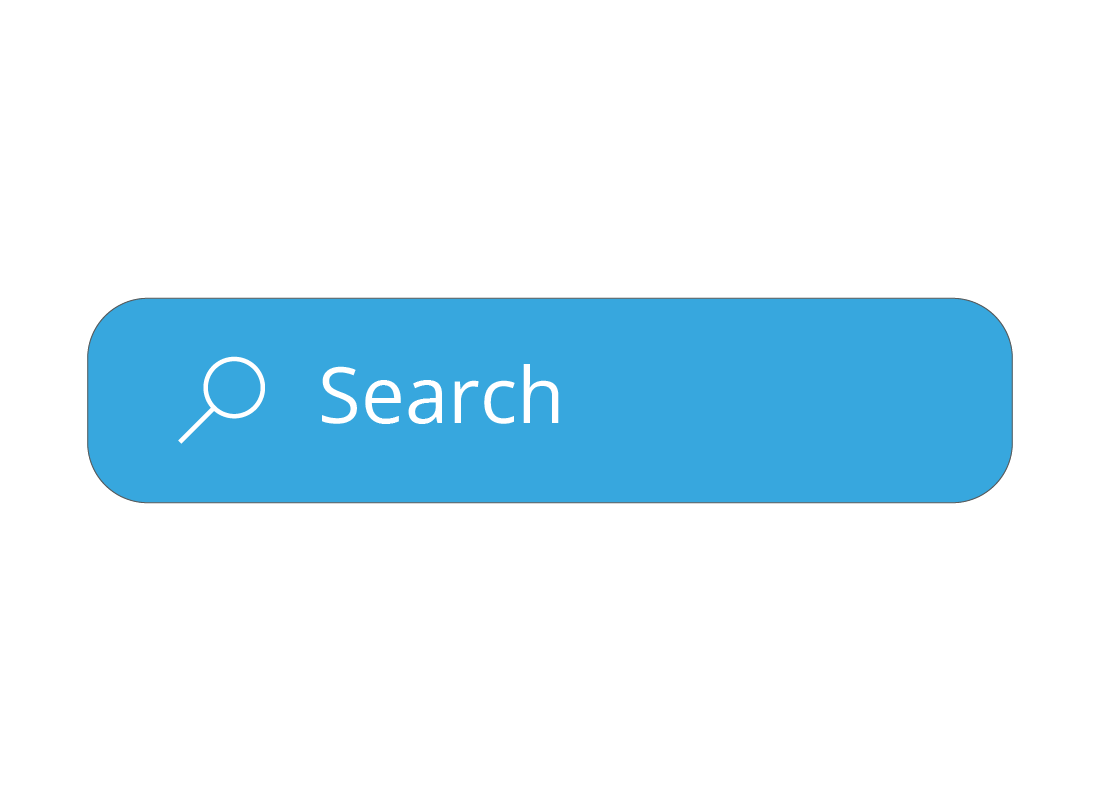
Using the Outlook Search bar
If you can't find your email in Deleted items, you can use the Outlook Search bar, located at the top of the Outlook page in the browser. Click inside the box where it says Search and:
- type the sender's name, the subject, or any other words that relate to it
- Outlook will show emails in the search results under the Search bar, including from Junk Email and Deleted Items
- a box to the right of the email Subject will show what Folder the email is in
- to change the email folder, right click it and select Move, then choose the new folder name.
Well done!
This is the end of the How to use Outlook Folders and Search activity. You've learned how to save emails into folders, report spam, and how to search for missing emails.
Next, you'll learn more tips on how to stay safe with Outlook in the Using Outlook safely activity.
